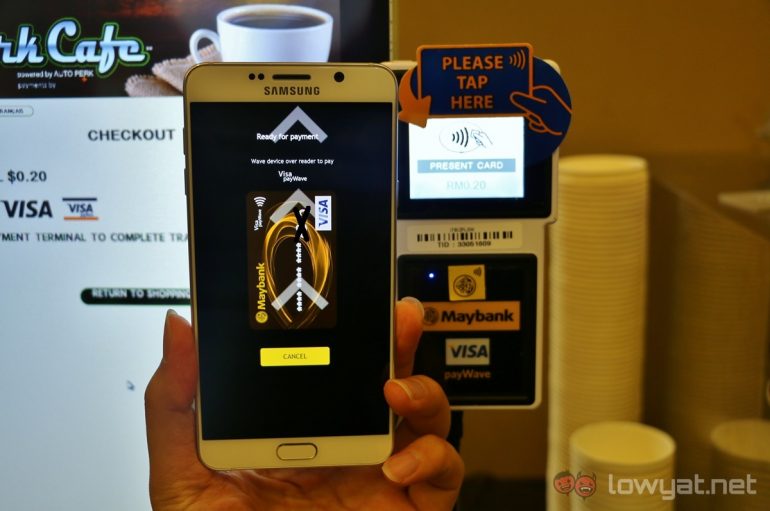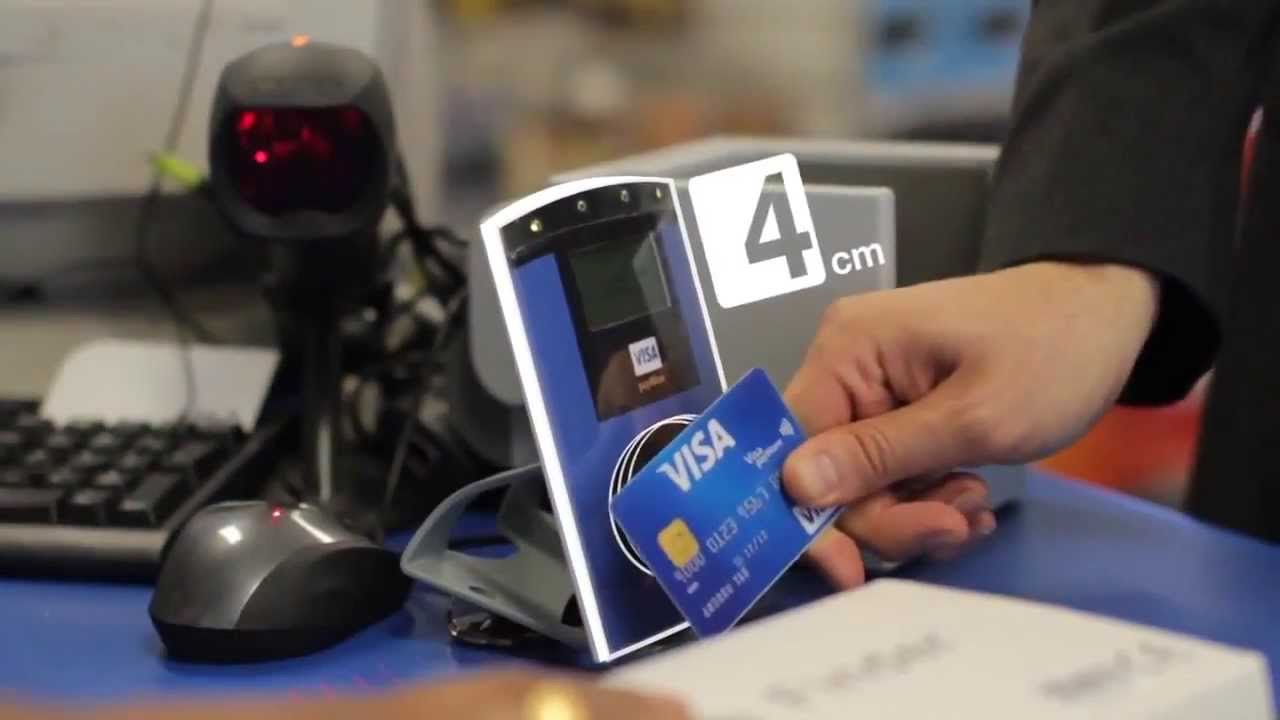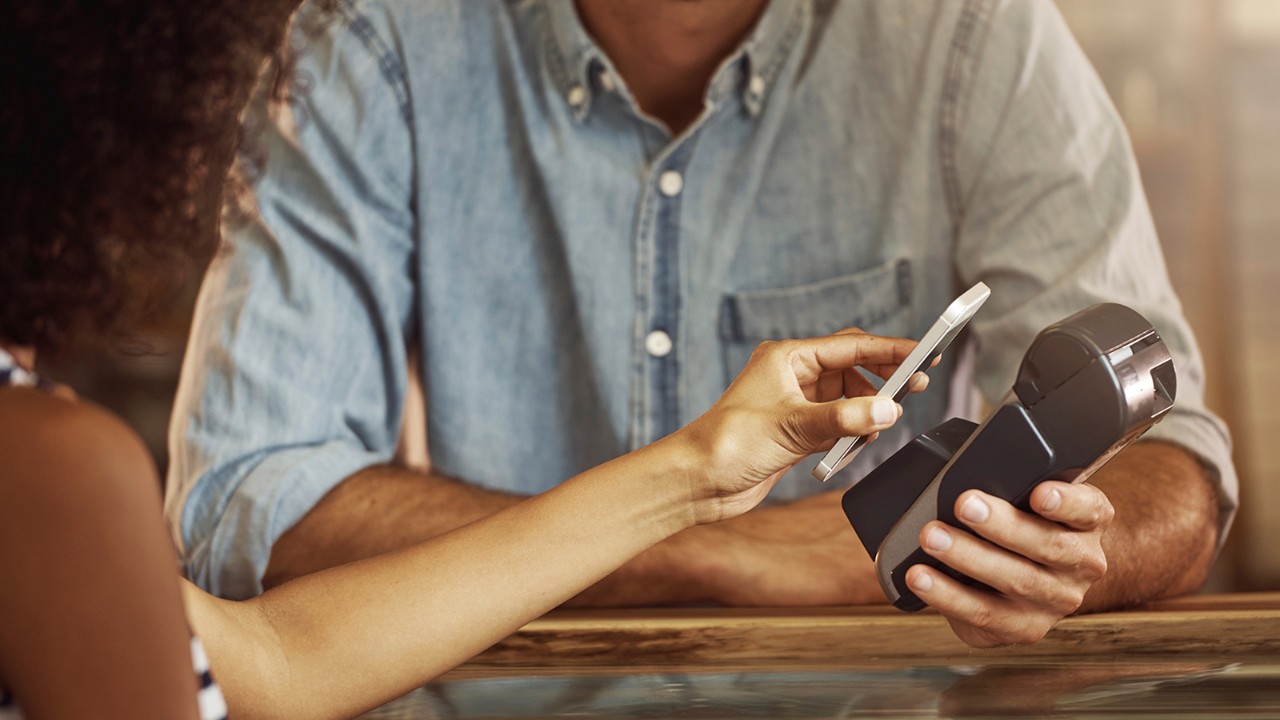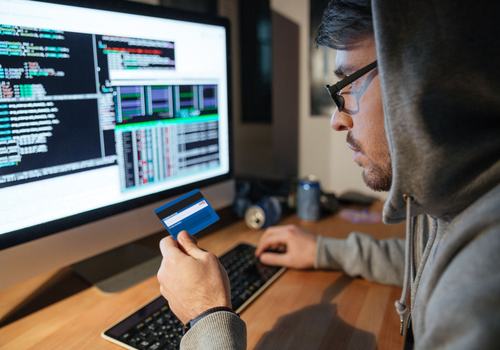Your Questions About The payWave Feature And Its Safety, Answered By Visa Malaysia
All you needed to know.
Visa payWave provides faster transactions and increased convenience while still maintaining Visa's high-security standards. However, there have been several reports circulating on social media that seek to discourage people from using Visa payWave.
In light of which, Mr. Ng Kong Boon, Visa Country Manager for Malaysia, has stepped front to address everyone's concerns about Visa payWave.
He said that to mitigate and secure Visa transactions, "all transactions processed by Visa's global processing network, VisaNet, are analysed in real-time for their fraud potential" to detect suspicious transactions right at the check-out.
And while there are staged demonstrations showing how credit card details could be lifted through a contactless card, this scenario is complex to execute in reality, Ng Kong assured, adding that there's not been a single case of fraud from card issuers or law enforcements globally stemming from such electronic pickpocketing fraud attacks.
File photo showing Mr. Ng Kong Boon along with Mr. B Ravintharan, Maybank Group Head of Cards & Wealth, using their contactless wearables at Starbucks.
Image via Isaac TanThe monthly Visa payWave transactions in Malaysia has been growing at more than 60% per month since it was first introduced in the country in 2007. Visa takes protecting cardholders very seriously. Below, they have answered questions about its safety.
How safe is Visa payWave?
Short answer, very safe.
Visa regards security as a top priority and has very high-security standards and risk management processes in place to protect all Visa transactions.
The security features of Visa payWave-enabled cards and mobile devices include:
• Ultra short read range, where the payWave card or mobile device must come very close to the reader to initiate a transaction.
• A unique cryptographic code that changes for every contactless transaction.
• The power and global reach of the VisaNet system to help identify and prevent fraudulent transactions.
Could I be debited twice if I have more than one contactless card?
No.
Visa payWave readers are designed to only communicate with one card at a time.
If the shop's reader finds more than one contactless card in your wallet or purse, you will be asked to select one card to pay. Therefore, you won't have to worry about being charged twice.
Could I have unknowingly made a purchase if I accidentally walked past the Point of Sale (POS) reader?
No.
Because for a purchase transaction to go through, your card has to be waved within 4cm of the contactless terminal for more than half a second.
On top of that, the retailer must have first entered the amount at their POS system for you to approve or wave your Visa payWave card at the reader.
Additionally, Visa terminals can only process one payment transaction at a time, therefore reducing transaction errors.
What information is transmitted from the card during payment?
During payment, the card transmits information such as the account number, expiration date and a unique dynamic code that changes for every in-person transaction. The unique code is different from the one encoded on the magnetic stripe of a Visa card.
So, if a criminal attempts to use intercepted data to manufacture and use a counterfeit card, the bank that issued you your card would be able to identify the transaction as fraudulent and stop the transaction from going through.
Is it possible to create a counterfeit card from intercepted contactless data?
Visa payWave-enabled cards contain an embedded chip that uses advanced cryptographic security to generate a unique code for each and every transaction.
So if a criminal attempts to use intercepted data to manufacture a counterfeit card, the bank that issued your card would be able to identify and prevent the transaction.




